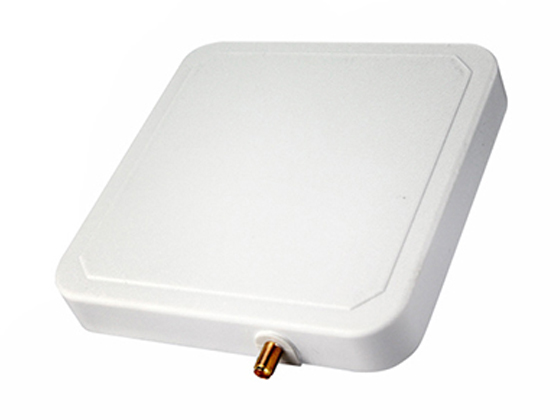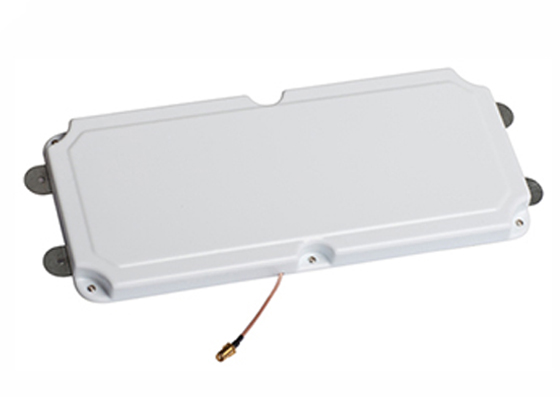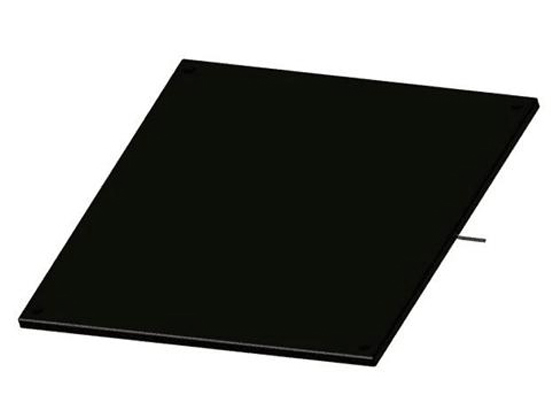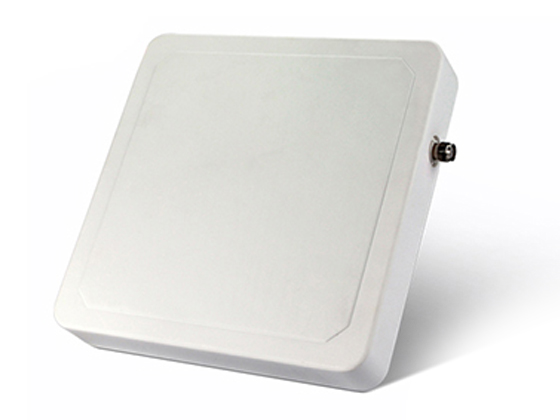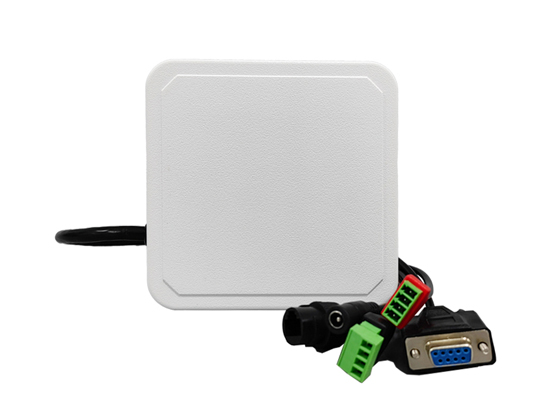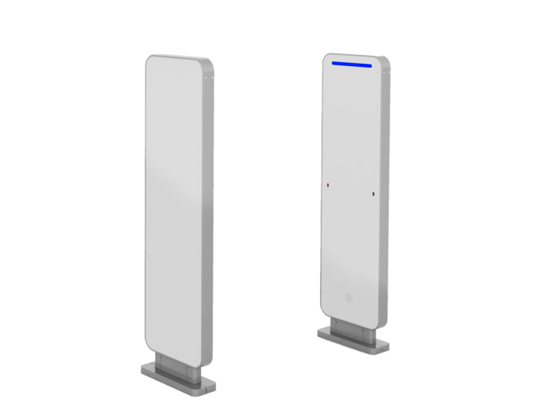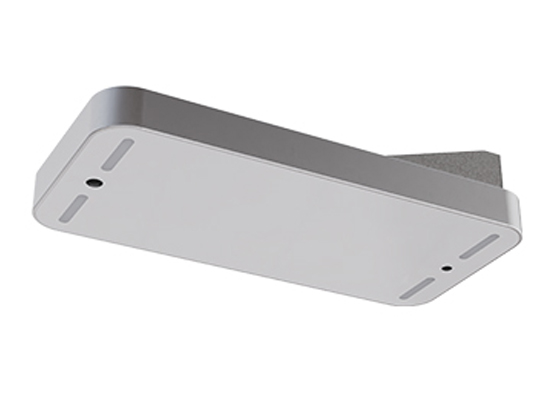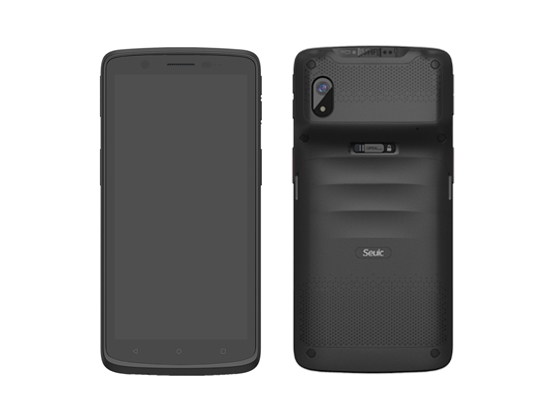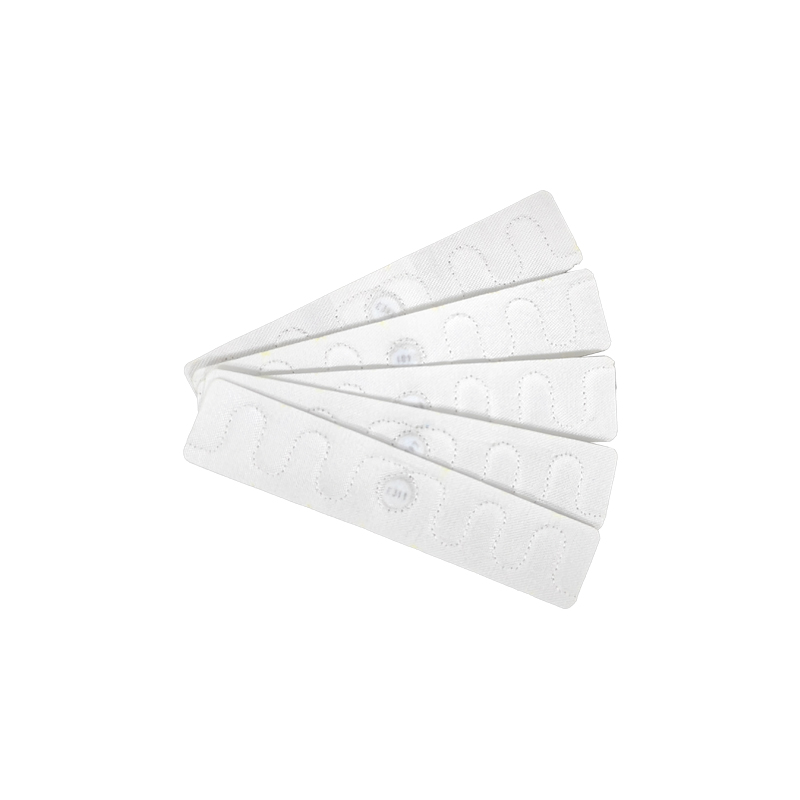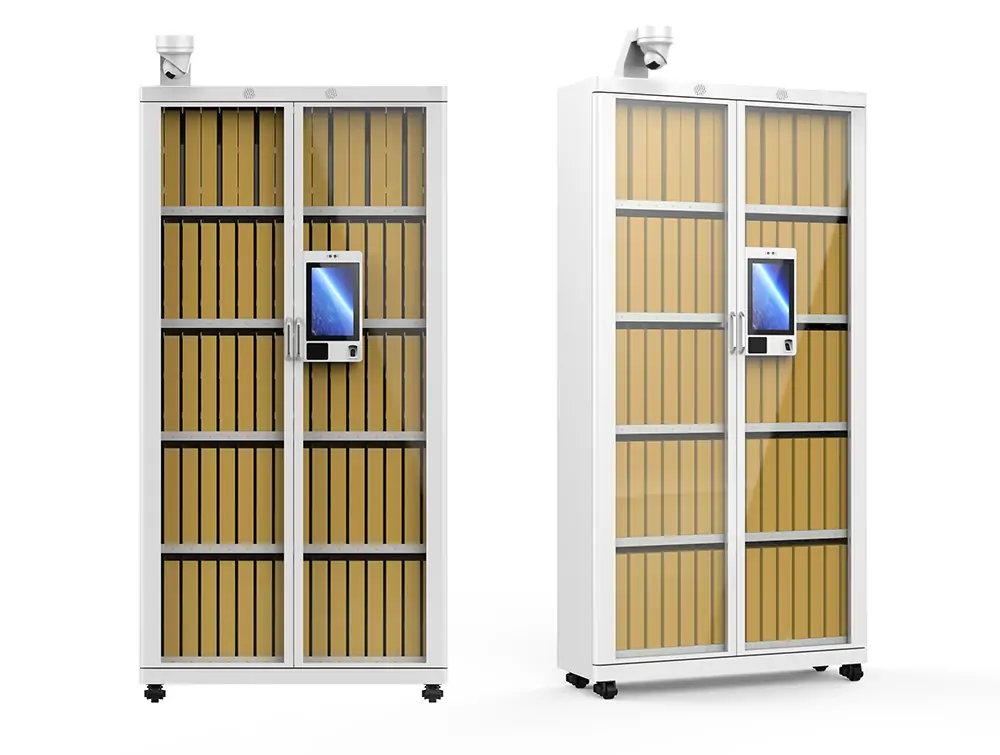

- Home
-
Products RFID Antenna Series Integrated RFID Readers Fixed RFID Readers UHF Gate Readers Handheld RFID Readers RFID Tags Smart Device RFID Software and
CustomizationRFID Antenna SeriesProduct ModelBRA-01CR
BOWEI BRA-01CR 9dBic Outdoor RFID Antenna for Access & Logistics
BRA-01L
9dBic Outdoor RFID Antenna
BRA-01SR
8.5dBic Outdoor RFID Antenna
BRA-02CR
6dBic Outdoor RFID Antenna
BRA-02SR
6dBic Outdoor RFID Antenna
BRA-02D
5.5dBic Indoor RFID Antenna
BRA-07
Handheld Reader Antenna
BRA-08
8dBic Narrow Beam Antenna
BRA-09
Near-field RFID Antenna
BRA-10
6dBi Narrow Beam Antenna
BRA-15
8dBic Outdoor RFID Antenna
BRA-16
Narrow Beam RFID Antenna
BRA-20
Handheld Reader Antenna
BRA-21
Underground RFID Antenna
BRA-31
8.5dBic Narrow beam Antenna
BRA-49
12dBi Linear Antenna
BRA-50
8dBic Indoor Antenna
Integrated RFID ReadersProduct ModelFixed RFID ReadersProduct ModelUHF Gate ReadersProduct ModelHandheld RFID ReadersProduct ModelRFID TagsProduct ModelBRT-01
ABS RFID Tag
BRT-02
Ceramic blank card
BRT-03
PVC blank card
BRT-04
Ceramic Anti-Metal RFID Tag
BRT-05
Ceramic Anti-Metal RFID Tag
BRT-06
Ceramic Anti-Metal RFID Tag
BRT-23
Library / Archives RFID Tag
BRT-25
Wristband RFID Tag
BRT-26
Underground RFID Tag
BRT-34
High Temperature RFID Tag
BRT-6535
Flexible Anti- Metal Tag
BRT-7015
Laundry RFID Tag
Smart DeviceProduct ModelRFID Software and
CustomizationProduct Model -
Applications - News
- Partners
- Support
- About Us




